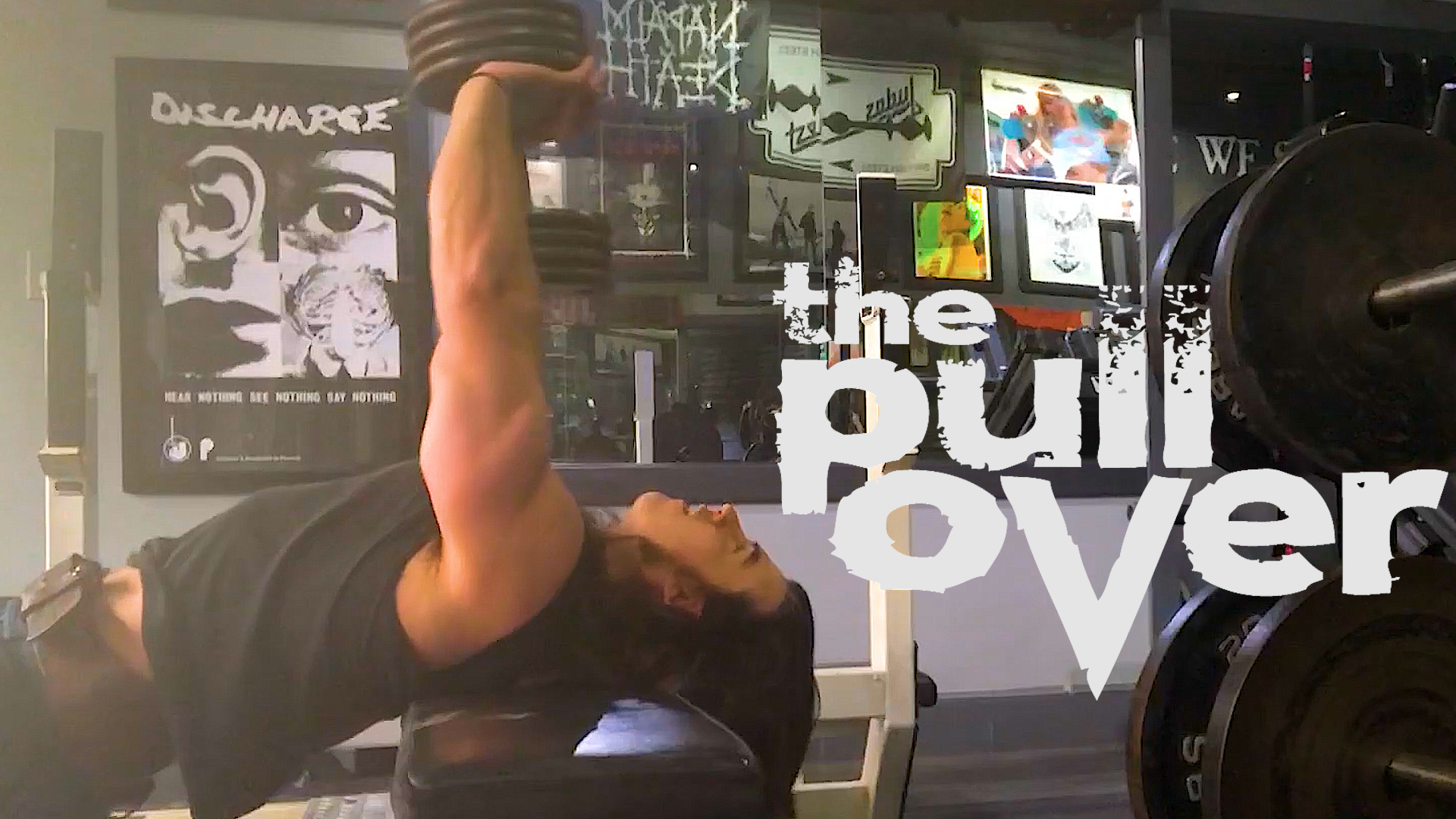The Dumbbell Pullover: Build a Wider Back With This Exercise

Overview
The conventional dumbbell pullover is an upper body exercise that strengthens the muscles of the chest (pectoralis major), wing-shaped muscles in the back (latissimus dorsi), the core (abdomen), and upper arm (triceps) muscles.
Depending on the movement and variation you choose to perform, the stress will get applied to a certain group of muscles, leading to more hypertrophy in that specific area.
Overall, the dumbbell pullover is one of the best resistance workouts that’s adopted by sports physiologists as a postural exercise to fix spinal misalignment and increase the flexibility of the upper body, which is especially beneficial for people with desk jobs.
In this article, we will briefly discuss the importance of targeting your latissimus dorsi muscles (i.e., lats) and how you can use the dumbbell pullover to achieve that.
Why is it important to target your lats?
The latissimus dorsi muscles, or lats, are the large wing-shaped muscles that connect your arms to the vertebral column.
This group of muscles stabilize the spine and provide the shoulder and back with the necessary strength. The lats also assist the movement of the shoulder and arms while maintaining a good posture.
Targeting these muscles will significantly improve upper body strength and allow for a wider range of motion.
Unfortunately, most people neglect their lats, which can lead to dire consequences.
In the case of injury since a simple tear in the lats may cause chronic shoulder and neck pain, and in some cases, tendonitis (i.e., inflammation of the tendons) of the shoulder articulation.
For this reason, you need to ensure that your lats are put under sufficient physiological stress to strengthen the muscle fibers and reduce the risk of traumatic injury.
How does the dumbbell pullover help with this process?
To increase the focus on the lats muscles, you need to do a slight variation of the dumbbell pullover by adjusting your position on the bench.
Instead of lying down in alignment with the bench, you need to place your upper back on the side of the bench while maintaining that position with the help of your lower body.
In other words, the only two parts of your body that will be in contact with the ground are your feet and a small portion of your upper back.
Make sure to create a 90-degree angle between your spine and the long-axis of the bench.
(watch the video below for illustration)
Once you’re in the correct position, here’s what you need to do:
- Place one dumbbell in each hand then extend your arms over your chest with the palms facing each other.
- Extend the weights back and over your head while inhaling.
- Reach full extension in 3–4 seconds, where the dumbbells will be behind your head.
- As you reach full extension, exhale and return your arms to the initial position.
- Do this exercise for 10-12 repetitions.
